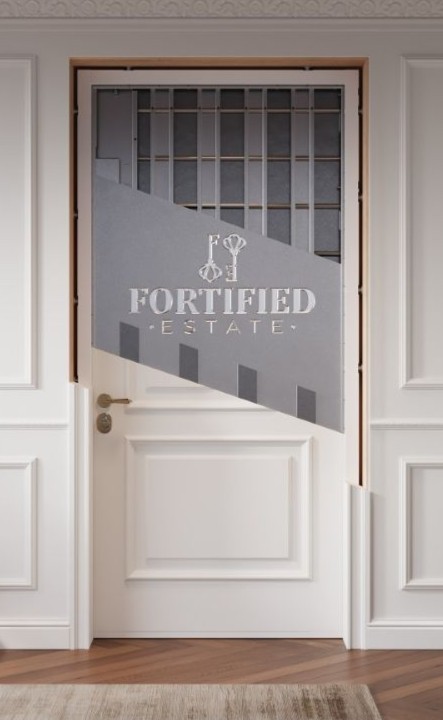Forced Entry Resistant Doors
Last Updated January 5th, 2022
Table of Contents
- Forced entry versus ballistics
- Forced entry attacks
- Forced entry resistance certification
- Included security features
- Custom design options

Is Bullet or Forced Entry Resistance More Critical?
Typically when people think of a highly secure door, they think bulletproofing is the most important feature. It is reasonable to presume that if a door can stop the explosive force of a bullet than it can certainly stop lesser attacks from a perpetrator. In fact, this isn’t the case: forced entry resistance is a separate and generally more important factor.
A human attacking a door with various tools is the greater threat, in most cases. Unlike a bullet, a person can calibrate their movements precisely and use leverage – a bullet is sharp and travels at incredible speeds, but is lightweight and moves linearly.
How Doors Are Defeated
Several methods exist for defeating a door, even one that has a bulletproof door leaf! Some examples that don’t require any door-leaf penetration include:
- Defeating the door’s hinges, thus neutralizing the security provided by the handle-side dead-bolt(s).
- Picking the door’s lock cylinder, or drilling through it.
- Using a prybar to temporarily bend the door leaf or frame out of level or plumb. Doing so can pop a door’s lock right out of it’s frame.
The larger the pry bar, the easier this is, due to the basic physics laws of using a fulcrum for leverage. An average 180lb man can bench press about 150lbs. A 12inch pry bar could multiple their effort five-fold, a 36” pry bar over 10-fold!


Certified Forced Entry Resistant Doors
Various certification methods exist for forced entry resistant doors. In the European Union EN 1627 and EN 1630 is most commonly used for European forced entry doors. Some European countries have analogous versions, such as France’s AP2.

The gold standard of testing for a forced entry resistant door is the US Department of State SD-STD-01.01 Rev.G ratings. This forced entry test is the most rigorous, using multiple experts attacking simultaneously and at multiple points of the door. Time is only counted during actual attacks – any pauses are off the clock. No test better simulates a professional, organized attack on an entry point.
Our forced entry resistant doors are rated to US Department of State SD-STD-01.01 FE5 or FE15. FE5 testing uses two professionals attacking for five minutes in three different areas, each: equating to a single expert attacking for 30 minutes. FE15 testing uses six professionals attacking for 15 minutes in three different areas, each: equating to a single expert attacking for over 4 hours.

Forced Entry Door Features Include:
- Multi-layered, thick-gauge galvanized steel core
- Lap welded and corrugated steel optimized for strength
- L-shape door leaf interlocks with frame to neutralize pry attacks
- 16-20 high-strength steel locking bolts
- 2″ Rockwool provides panic room sound insulation
- Fixed hinge-side bolts render hinge attacks useless
- Hardened steel channels in frame receive safe door bolts
- Armored shims encase 4″ lag bolts securing the frame to wall
- Configurable for in-swing or out-swing
- Optional ballistic steel for UL Level 3 and UL Level 8


Custom Forced Entry Resistant Doors
All our forced entry resistant doors are custom manufactured to the client’s specifications, including:
- Custom width and height
- Cladding, including solid wood and stainless steel
- Unlimited milling designs
- Factory painting to any RAL color
- Single door, double door, sidelight and transom configurations
- Small, half and full glass in door leaf
- Matching high-security door frame
- Several all-side locking bolt options
- Bullet resistance to handgun or rifle protection levels








